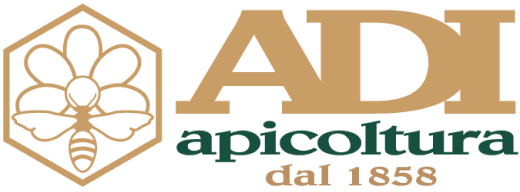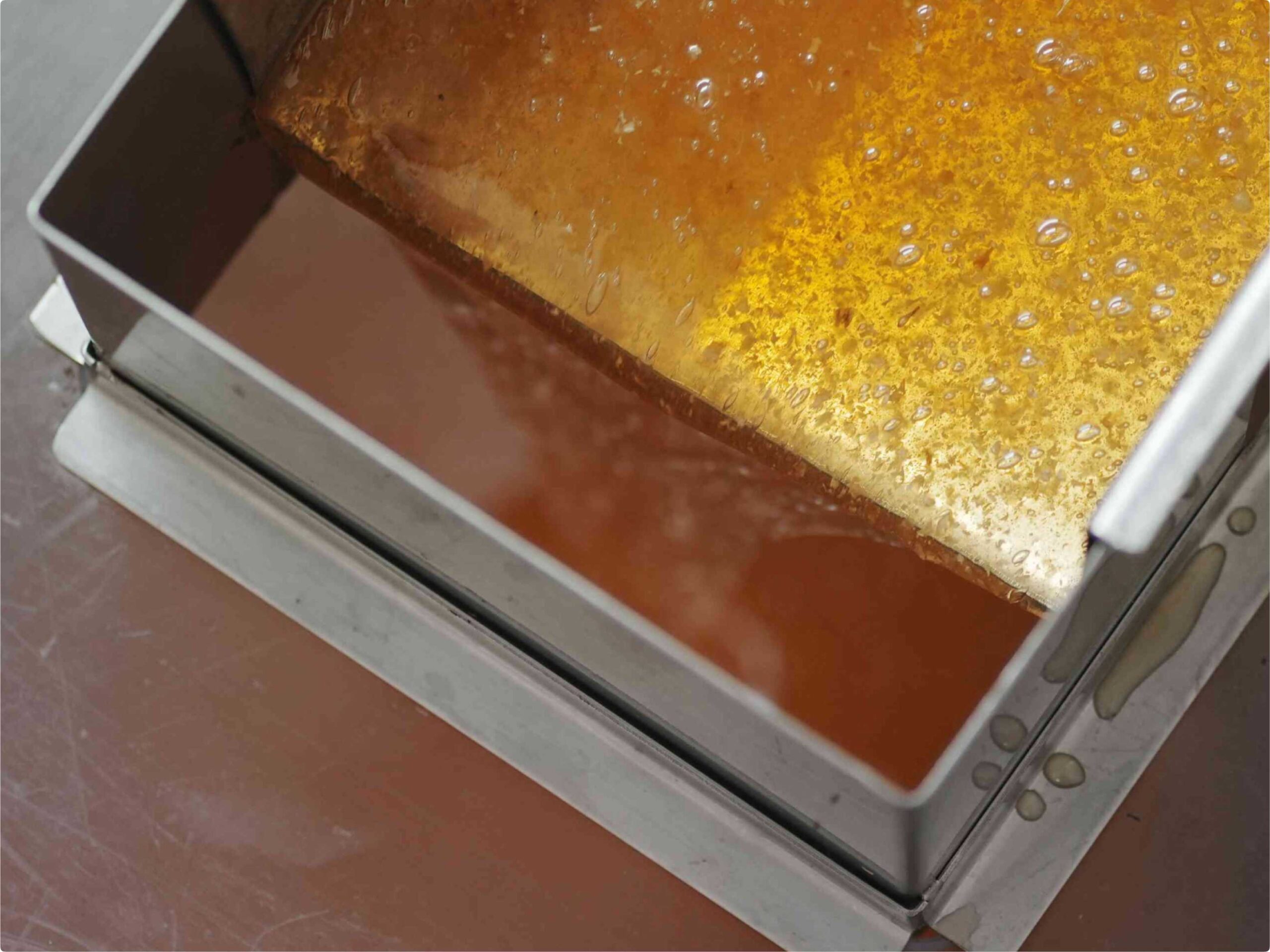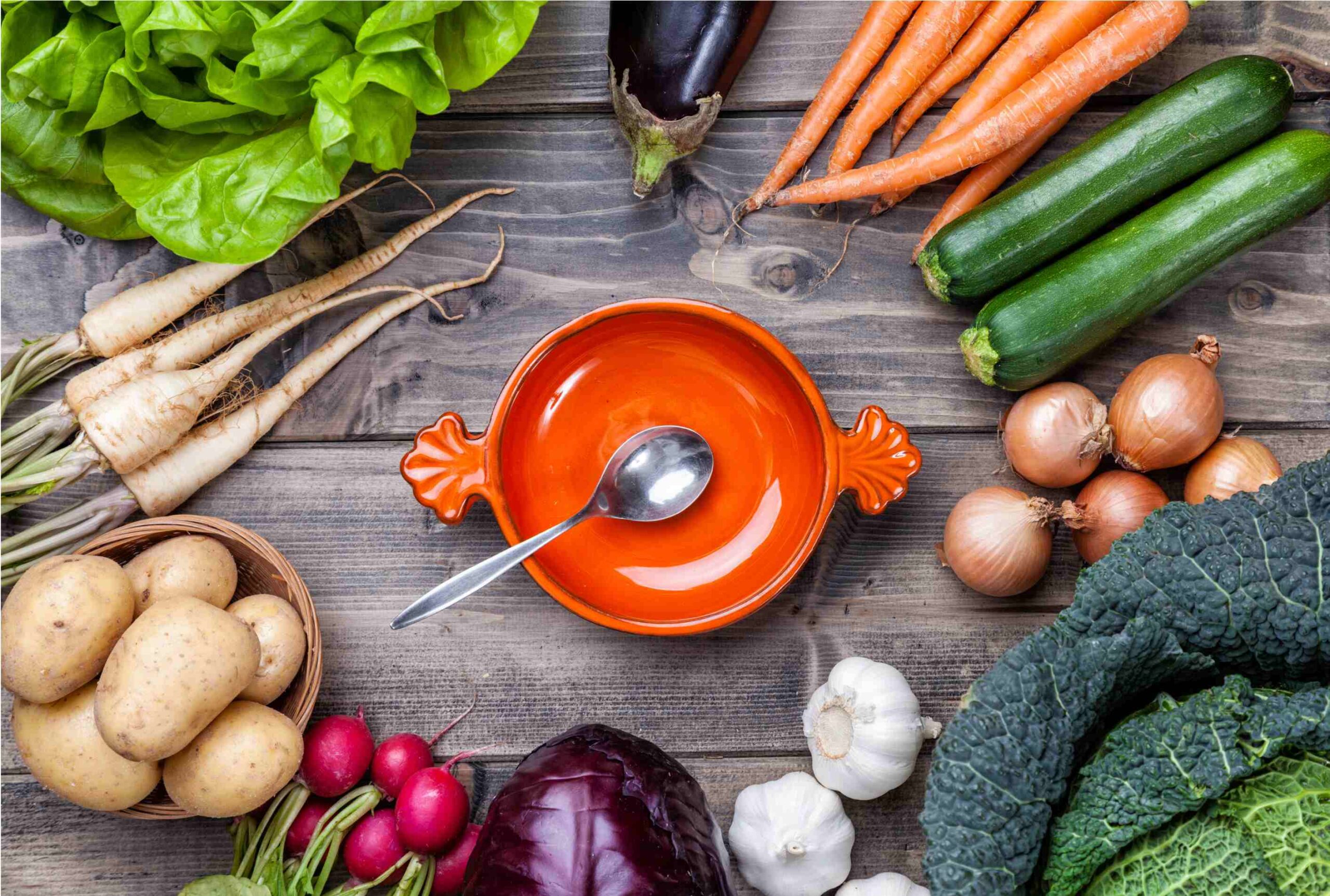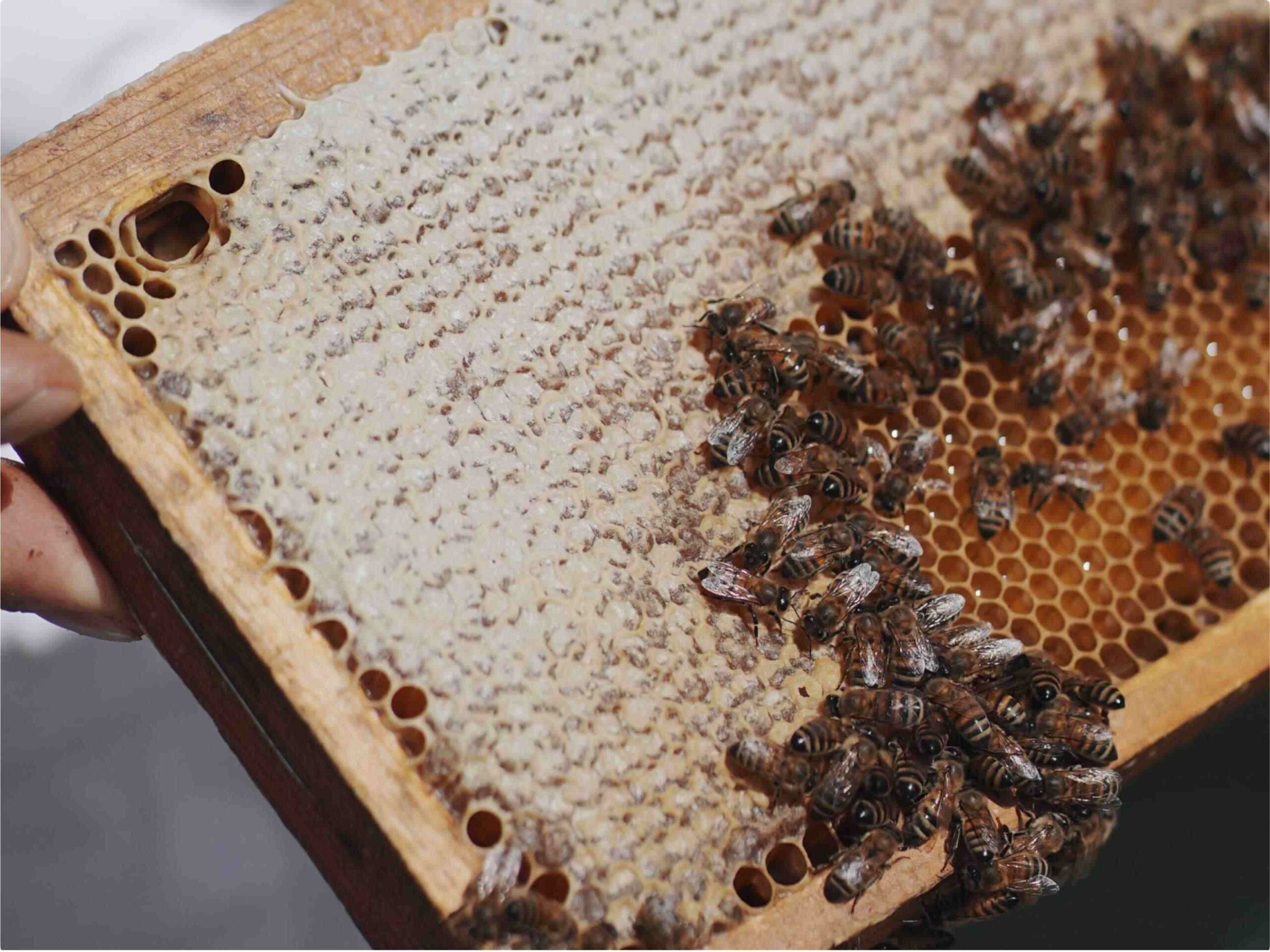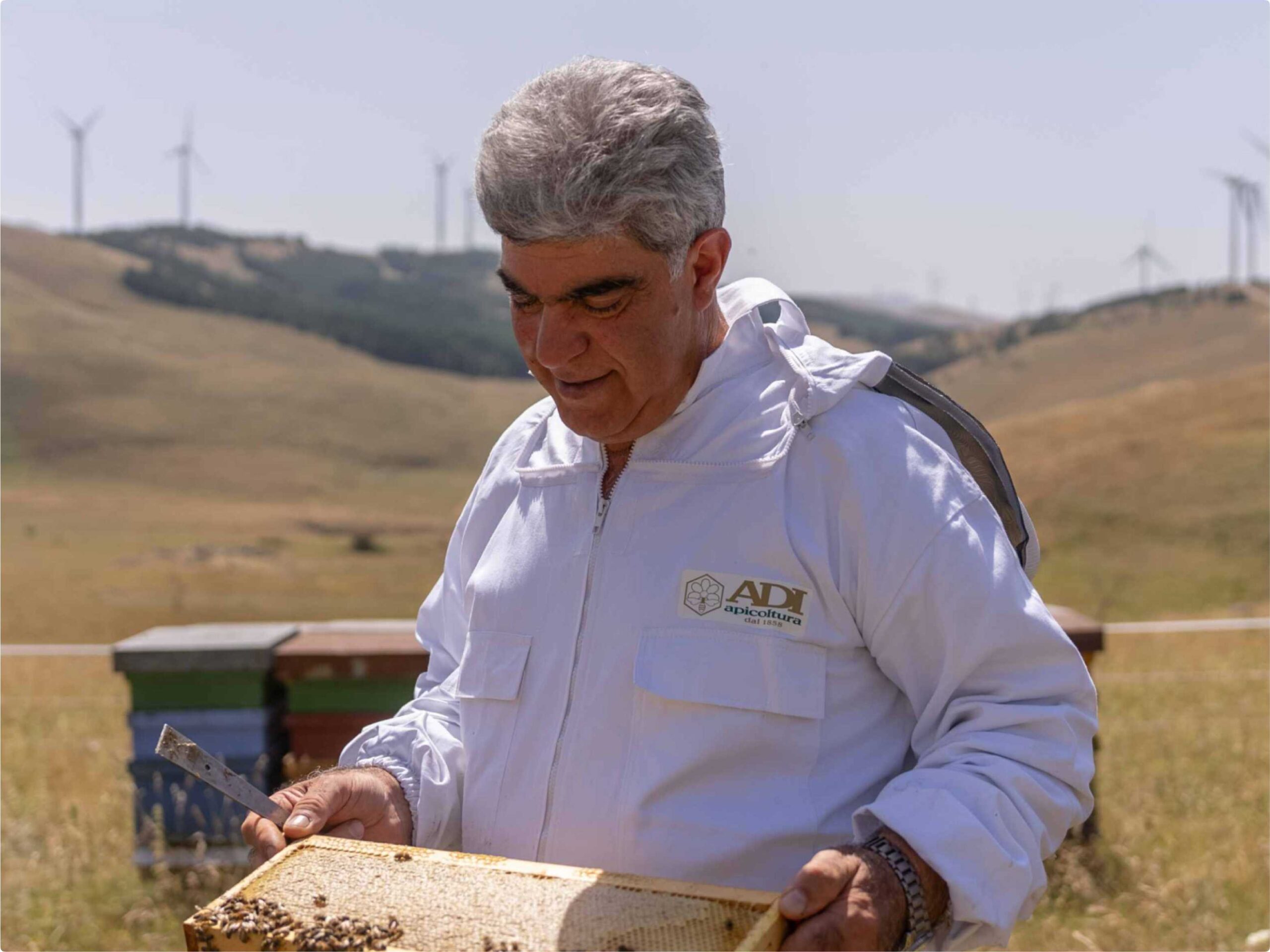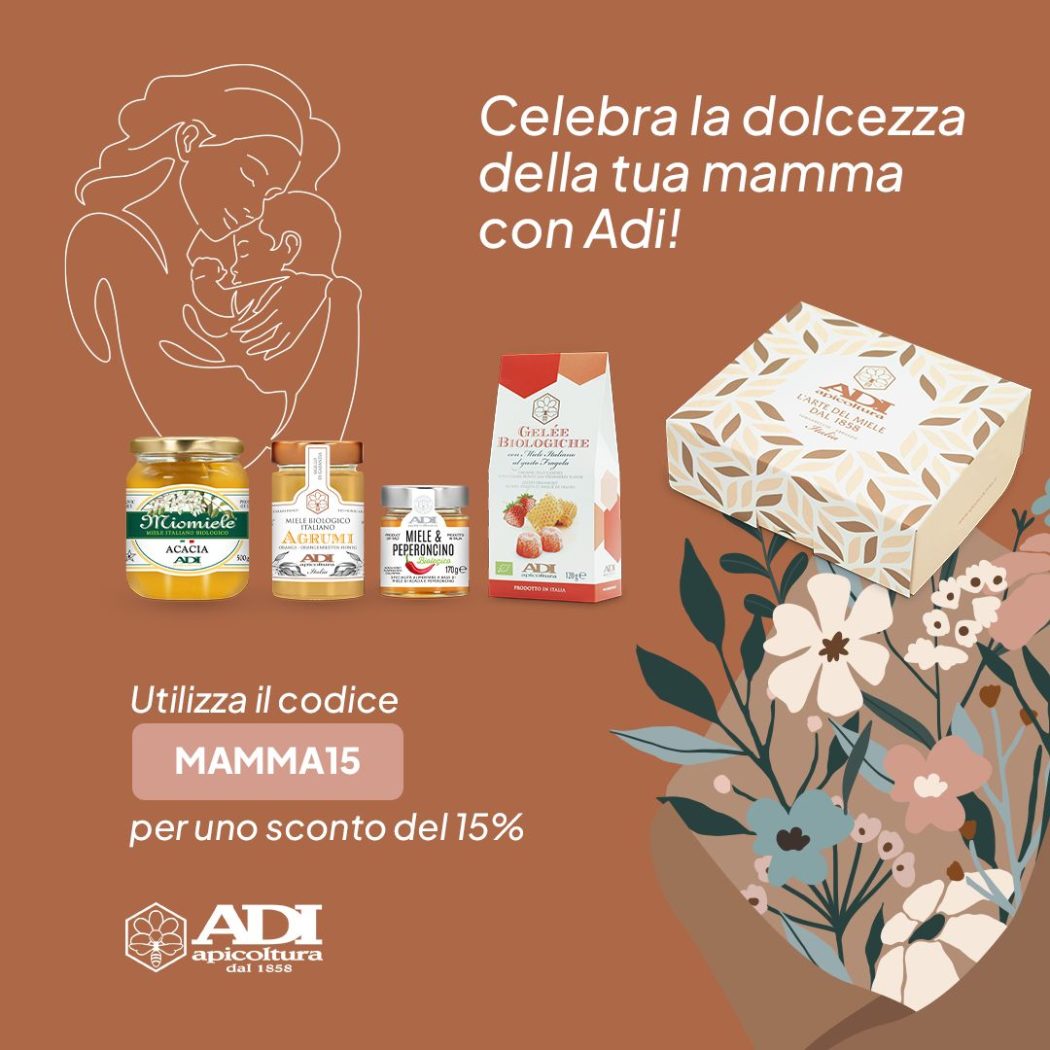The food of the gods
Honey has a very ancient history. The first indications of its use by humans, who have probably eaten it since their origins, can be dated to about 10,000 years ago, in cave paintings. In ancient Egypt, honey was initially a luxury food, a royal and divine privilege; more general use of it began in the second millennium BC, as evidenced by the discovery of honeypots or honeycombs in private tombs and the mention of honey as a food ration in trade shipments, as spoils of war, payment of tribute, temple offerings and votive gifts. In ancient times, honey was used in food as a sweetener, a condiment and a preservative. The use of honey also extended to cosmetics and medicine, due to its antiseptic, healing and purgative properties. A sacred value and divine origin were attributed to honey, as well as to bees, as seen in several myths: Zeus was fed with milk from the goat Amalthea and honey from the daughters of Melisseus, Dionysus was raised on honey by a nymph and Aristeus was believed to have taught humans the art of beekeeping. Honey was also a symbol of regeneration after death, and was used in funerary cults in Athens as early as the 5th century BC.
Honey was used constantly during the Middle Ages and its history intertwines with that of sugar. Sugar was known only for medical purposes, but in the 8th century AD, with the arrival of the Arabs in Spain, its use spread in the Mediterranean as a sweetener. After losing its role as a sweet substance, honey remained a secondary food compared to sugar and its use was greatly reduced. However, the search for an alternative to expensive American cane sugar in the nineteenth century fostered a renaissance in beekeeping and honey production.
Coming to the present day, in the first half of the twentieth century, greater attention was paid to the botanical origin of honey. But it was not until the 1970s that the scientific basis was laid for the characterisation of unifloral honey, with the first melissopalynological analyses, exploration and quantification of the residual pollen granules in honey, to prove its origin. Today honey is once more universally appreciated as a food product.
What is honey?
There are several ways to define honey. From an animal biology perspective, honey must be considered as a reserve food: only bees (and a few other insects similar to them) make honey because of all the animals that feed on nectar and pollen, they are the only ones that need to accumulate food reserves. They solve this problem by turning fresh summer food into a long-lasting food. To make a comparison with something more familiar to us, we could say that honey is to nectar as jam is to fresh fruit.
As a food, honey can be seen as a source of simple sugars and for this reason it is a high-energy, sweetening food. It is the only natural substance in this category that does not require any processing to get from nature to the dining table.
The legal formulation, although it may sound a little too cold, has all the essential elements to uniquely identify the product: “… honey is a natural sweet substance produced by Apis mellifera bees from the nectar of plants or from secretions of parts of living plant or secretions of plants-sucking insects on the living parts of plants, which the bees collect, transform by combining with specific substances of their own, deposit, dehydrate, store and leave in honeycombs to ripen and mature”.
What makes it special?
Honey is therefore a special food, which owes all its characteristics exclusively to nature, the type of resource collected by the bees and their work, while the beekeeper simply extracts it and makes it available. The legal definition of the product states that nothing should be added or removed from a product marketed as “honey”. It must therefore not be supplemented with any other ingredients and must not be treated so as to eliminate any of its components. On average, about 80% of honey is made up of different sugars, mainly fructose and glucose; 17% is the aqueous portion and only 3% is made up of other components, including nitrogenous substances, mineral salts, organic acids, polyphenols and aromatic substances.
We should not speak of “honey”, in the singular, but rather of “honeys”, in the plural. The differences that exist between one product and another are mainly due to the different nature of the nectar or honeydew of origin and consist of a different quantitative ratio between the main components (different sugars and water) and the minor components. The result is a range of products very different in appearance, texture, colour, smell and taste, which can be adapted to very different uses and tastes.
Liquid or crystallised
When bees produce honey, they actually start from diluted solutions (nectar) and concentrate them to enhance their preservation. They then put them in honeycombs in the hive, where, if humans did not intervene, they would remain until the time of their consumption. In honey extracted from honeycombs, crystallisation is accelerated by the extraction process, which results in the formation of microscopic glucose crystals on which visible crystals subsequently develop.
Therefore, when first extracted from the honeycomb, all varieties of honey appear as highly viscous liquids; they then undergo a process in which their natural sugars tend to aggregate in the form of crystals, transforming the product, to varying degrees, into a finely granulated and compact mass. The crystallisation process can vary greatly, depending on the origin of the honey and therefore its composition. Some honeys remain liquid for several months (acacia, chestnut, honeydew), others crystallise already in a couple of weeks (dandelion, rapeseed, sunflower), while most take a few months to complete the process. Crystallisation occurs faster at cooler temperatures (12-16°C) and is slowed down by heat, as well as by intense cold. There are some honeys that crystallise even before extraction from the comb, but for this reason it is impossible to extract them and they are not found on the market. Crystallisation is not a defect but a natural evolution of the product.
Most consumers prefer liquid honey, and to meet this demand, the industry has developed technologies to restore and prolong the life of honey in this state. However, these techniques, consisting of heating (pasteurisation) and filtration processes, tend to destroy the most beneficial and unique components of the honey. Most of the liquid honeys on the market have undergone these processes, but this is not stated on the label.
Preservation
Honey is a long-life product and even when stored at length or mishandled, it never becomes dangerous to health. However, its most particular characteristics (fragrance and beneficial properties) are relatively fragile. The rate of degradation is proportional to the storage temperature: at a cool (cellar) temperature, honey retains its properties for several years, while at 25-30°C it would lose them in a few months. Therefore, no special storage precautions are necessary for a jar that is being consumed, but any product stock, to be stored for several months, must be kept in a cool room.
The defects of honey
The only alteration that can affect honey is fermentation. This is very rare, however, occurring in honeys with a water content of more than 18%, due to particular production conditions or to errors on the part of the beekeeper. Fermented honey, although not dangerous to health, is still a degraded product and can only be used for secondary purposes. It can be easily recognised by its appearance (foamy or spongy), the release of gas when the jar is opened and a smell and taste of sour fruit.
A crystallised honey, stored for a long time or at high temperatures, tends to form a separate liquid layer on the surface. Phase separation is therefore an aesthetic defect that indicates improper storage. It can also be associated with fermentation, but more frequently this defect occurs on its own. A honey separated into phases is still usable. If the defect occurs during storage at home, it is an indication that the conditions provided are not ideal.
If a honey has liquid and crystallised portions in an irregular and coarse manner, this indicates that the crystallisation process has taken place very gradually. It may be due to its nature and therefore it is a simple aesthetic defect; however, the most frequent cause of this appearance is the application of a heat process to prolong the shelf life in the liquid state, which failed to produce the desired result. This type of product should therefore not be bought if you wish to conserve the more specific components of honey.
A very common feature in compact crystallised honeys are whitish outcrops or marbling on the surface and sides (sometimes even deeper) of the honey mass. These are spots where the honey has dried due to contact with air bubbles incorporated during the preparation phases. It is therefore an aesthetic defect, but it does not affect the intrinsic quality of the product. In fact, it could almost be taken as a mark of guarantee, in that this appearance is very often seen on honeys that have not undergone any kind of treatment and have been preserved stably in a cool environment.
How to use it
Honey consists mainly of simple sugars (fructose and glucose, generally with a prevalence of the former) and this determines its role in our diet particularly as an energy food. The great advantage of honey is that it gives the body readily available calories, without requiring digestive processes and without, at the same time, providing indigestible or harmful substances.
Its rich fructose content gives honey a greater sweetening power than sugar (sucrose). Its energy effect is greater and more prolonged than many other sweet foods; in fact, it is rich in both glucose, which is burned immediately, and fructose, which remains available to the body a little longer.
Honey can also be used as an ingredient in various dishes and desserts. Sweet recipes that do not require cooking or where honey is added after cooking are obviously those in which this ingredient is an ideal addition. More than actual recipes, these are rather suggestions for use: just think of all the foods to which we normally add sugar. In all these cases, honey can be used with undoubted health benefits and pleasure for those with a sweet tooth. However, it is necessary to find a honey with taste well suited to the food or drink to which it is added, enhancing its aroma or producing a pleasant contrast.
Even in savoury dishes, honey can find its place, adding a touch of sweetness necessary to complete the harmony of tastes and an unusual aromatic note. It is very important not to add too much: the flavours created in the finished dish by the addition of honey must be perceived as something more, without the honey being clearly recognisable.
“Honeys”, not “honey”
Honeys have obvious differences due to their diverse botanical origins. We speak of unifloral (or monofloral) honey when it comes mainly from a single botanical origin and its characteristics can be sufficiently identified, while other honeys are generically defined as multifloral or wildflower varieties. The value of unifloral honeys consists in their unique sensory attributes and composition, and often in their rarity.
It is quite common to attribute a particular “therapeutic” use to each unifloral honey, especially those from medicinal plants. Although the honeys derived from these plants are likely to contain small traces of the same compounds found in the flowers (although less likely if the active ingredients are concentrated in the leaves, bark or roots), to date, this has not yet been demonstrated and therefore objective evidence to support these claims are lacking. Furthermore, honey is above all a food and its health benefits are to be found in nutritional aspects rather than in specific pharmacological activities. The various products cannot be ranked in terms of quality: each consumer should choose those they prefer based on personal taste and eating habits. However, due to the effects of supply and demand, a commercial value rating is generated in the market, with some honeys being more sought after and limited availability increasing the prices of certain products.
Fonti:
informamiele.it
unibo.it
